Top 3 Common Injuries Every Cricketer Faces Once in a Lifetime
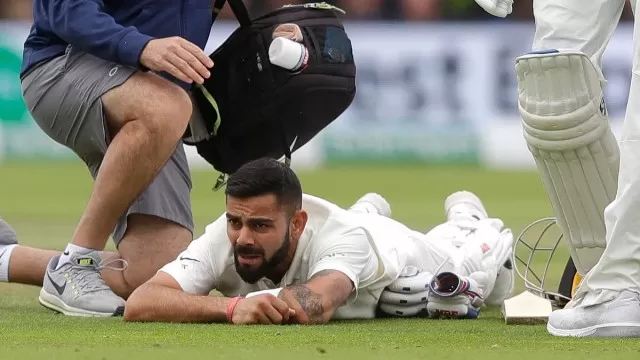
Cricket may not look as physically demanding as contact sports, but it is one of the most grueling games when it comes to repetitive stress, long hours of play, and quick bursts of energy. Over the years, even the fittest players, from Virat Kohli to Ben Stokes — have suffered injuries that kept them away from the field for weeks or even months.
Here’s a look at the top three injuries most cricketers experience at least once in their careers, their causes, and how players recover from them.
1. Hamstring Strain – The Sprinter’s Nightmare
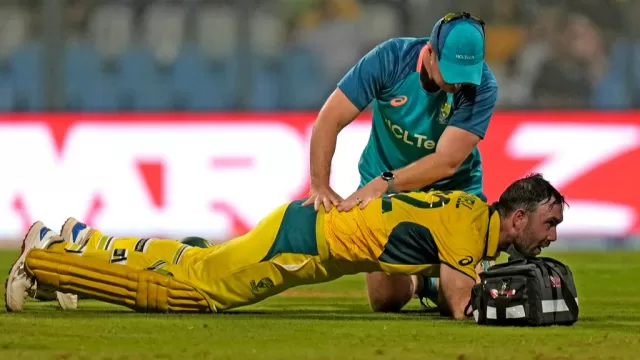
The hamstring strain is arguably the most common injury among cricketers, especially batsmen and fielders. The hamstrings — a group of muscles located at the back of the thigh — are responsible for explosive running and sudden direction changes, both of which are routine in cricket.
“A sudden sprint for a quick single or a dive to stop the ball can easily trigger a hamstring strain,” says a BCCI medical expert.
Causes:
- Sudden acceleration or deceleration while running between wickets.
- Overuse without proper stretching or conditioning.
- Inadequate warm-up before play.
Recovery Time:
Minor hamstring strains take about 2–3 weeks to heal, while severe tears can take up to 6–8 weeks. Physiotherapy, ice compression, and progressive strength training are key parts of recovery.
Prevention Tips:
- Regular hamstring strengthening exercises.
- Dynamic stretching before practice or matches.
- Adequate hydration and nutrition for muscle recovery.
2. Shoulder Injuries – The Thrower’s Trap
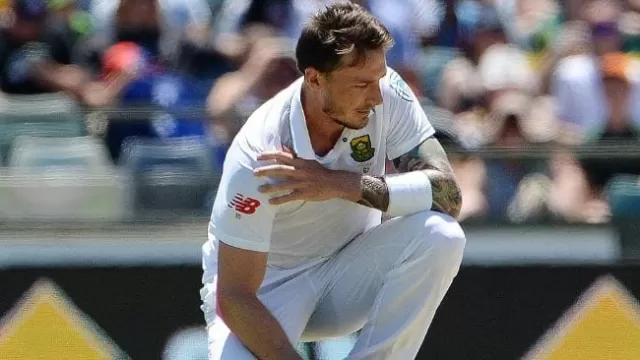
Whether you’re a fast bowler, spinner, or fielder, the shoulder joint is constantly under pressure in cricket. Repeated throwing, bowling, or awkward dives can lead to shoulder impingement, rotator cuff tears, or dislocations.
“Cricket demands repetitive overhead motion, which places enormous strain on the rotator cuff and shoulder capsule,” explains a sports physiotherapist from NCA.
Causes:
- Overuse during bowling or throwing drills.
- Poor bowling technique or incorrect throwing motion.
- Lack of shoulder stability and strength.
Recovery Time:
Depending on the severity, shoulder injuries may take 4 weeks to several months to recover fully. In extreme cases like rotator cuff tears, surgery might be necessary, followed by extensive rehab.
Prevention Tips:
- Strength training for shoulder stabilizers.
- Limiting over-bowling in nets.
- Regular physiotherapy and flexibility exercises.
3. Lower Back Pain – The Bowler’s Burden
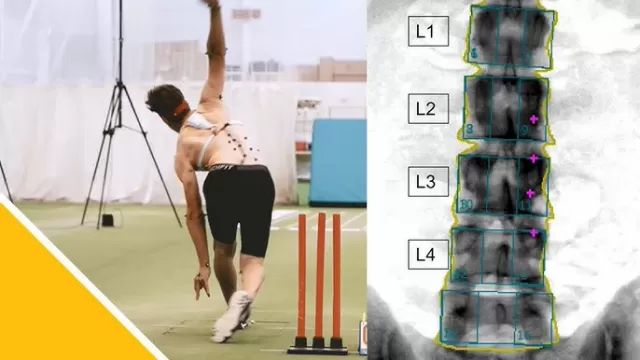
The lower back injury is a chronic issue faced by bowlers, especially fast bowlers who rely on their lumbar spine to generate pace and stability. Stress fractures, disc issues, or muscle fatigue in the lower back are extremely common, particularly in younger bowlers who bowl long spells without proper recovery.
“Repetitive loading during fast bowling can cause micro-fractures in the lower spine, especially in young players still growing,” says a former NCA physiotherapist.
Causes:
- Repetitive bowling action and poor biomechanics.
- Weak core and lower back muscles.
- Playing on hard pitches without adequate rest.
Recovery Time:
Minor back stiffness can improve within 2–3 weeks, but stress fractures can take 3–6 months of rest and physiotherapy. Players often undergo core strengthening programs before returning to bowling.
Prevention Tips:
- Core and lower back strengthening exercises.
- Balanced workload and adequate rest between matches.
- Proper bowling action and posture training.
Conclusion
Injuries are an unavoidable part of a cricketer’s life, but with the right training, fitness regime, and recovery management, most players return stronger than before. Whether it’s a hamstring strain, shoulder injury, or lower back pain, early diagnosis and disciplined rehabilitation are key to ensuring a long and healthy career.
As the game evolves, sports science and physiotherapy continue to play a vital role in keeping cricketers fit, minimizing downtime, and extending their professional lifespan on the field.
Also Read: Pat Cummins Injury Update: Opens Up on Ashes 2025, Reveals His Recovery Timeline
Disclaimer
Possible11 is a sports news platform that provides live scores, player statistics, and tournament updates for informational and educational purposes only. We comply with the Online Gaming Bill, 2025 (India) and do not promote or engage with fantasy sports, betting, or real-money gaming platforms. All content is intended solely to enhance the sports experience. Possible11 is not affiliated with any fantasy or gambling applications and is not responsible for any financial gains or losses incurred on external platforms.



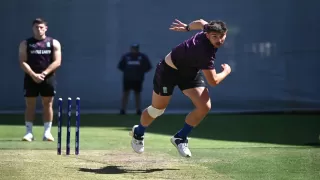
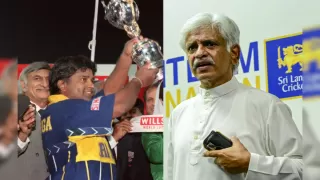







Give Your Feedback